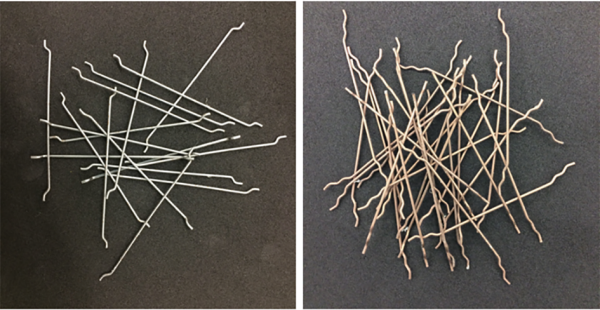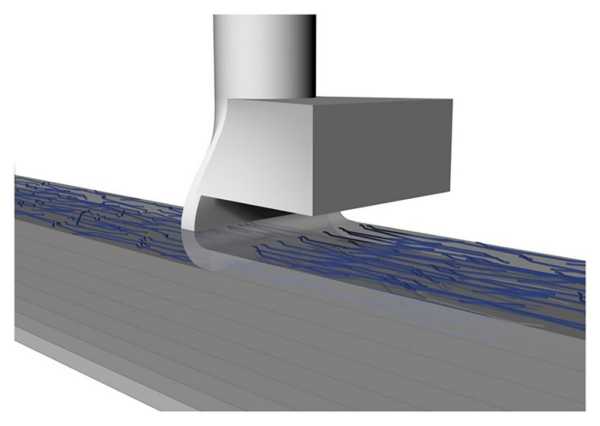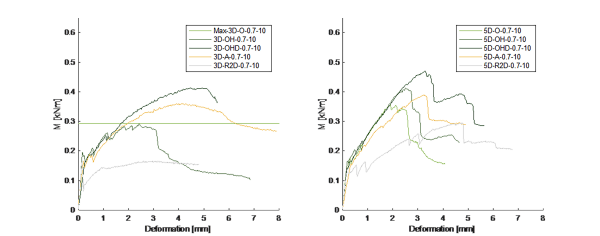New opportunities for fibre reinforced concrete in digital fabrication
Author: Lukas Gebhard
Language: English
Abstract
Digital fabrication with concrete has received a lot of attention in research over the past years. One of the extensively covered processes is the 3D printing of concrete. This layered extrusion process marks a possible disruptive change for the construction industry. While technical procedures and materials have been optimized over the past years, there is still a lack of a consistent reinforcement strategy.
This project explores the opportunities of steel fiber reinforced concrete for 3D printing. In the conventional process, fibers are added during the mixing of the concrete and after casting they reside in a random orientation inside the concrete matrix. Here, the structural properties of layered concrete members reinforced by aligned fibers, which are placed between the layers during the extrusion process, are explored. Two steel fiber types with a length of 60 mm and different end hooks are investigated.
First, a preliminary testing series on small samples is analyzed in 4-point bending. Different fiber configurations, fiber concentrations, time intervals between production of the layers, and the effect of short steel fibers in the extruded concrete itself are investigated.
In a second step, the experience gained from this preliminary series is used to design a larger scale experiment series on 800x150x150 mm samples. These larger scale samples are again tested in 4-point bending. The deflections as well as the crack kinematics of both test series are measured by digital image correlation.
From the moment versus crack opening curves of the deformed samples an inverse analysis is developed, which allows to extract the direct tension behavior and allows for predictions.
It is shown that aligned fibers in the interlayer of extruded concrete provide tensile strength in the deformation hardening range. At high peak loads severe softening accompanied by delamination of the concrete layers occurs. For samples containing an overall fiber volume fraction of 1.4% possible strain hardening behavior is suspected.
The developed composite material introduces a possible reinforcement strategy to carry tensile stresses occurring in the direction of the extrusion path. The sudden softening as well as reinforcement perpendicular to the layers, however, need to be further addressed.




